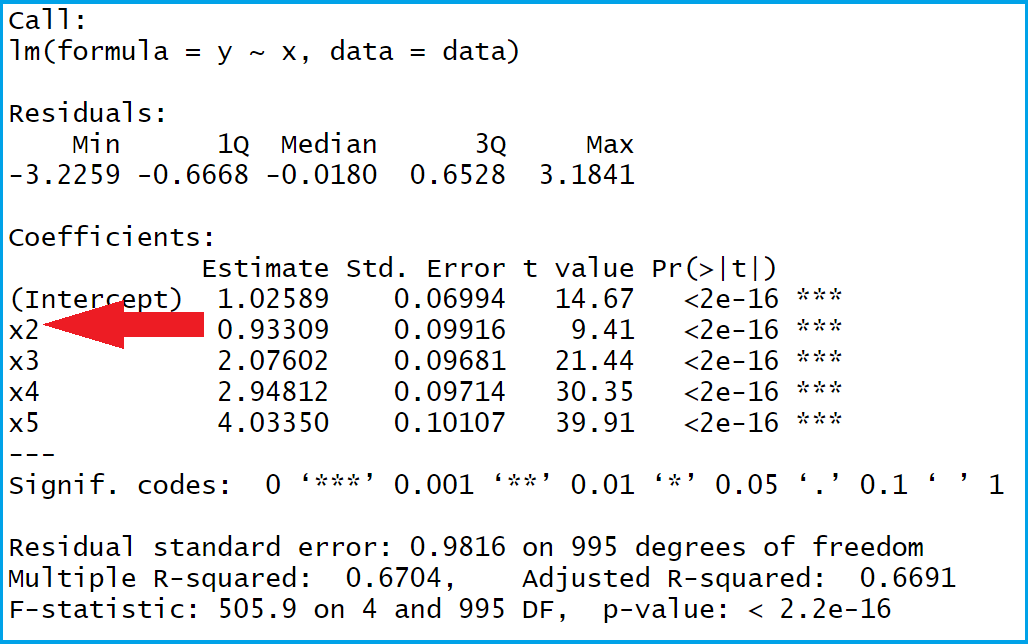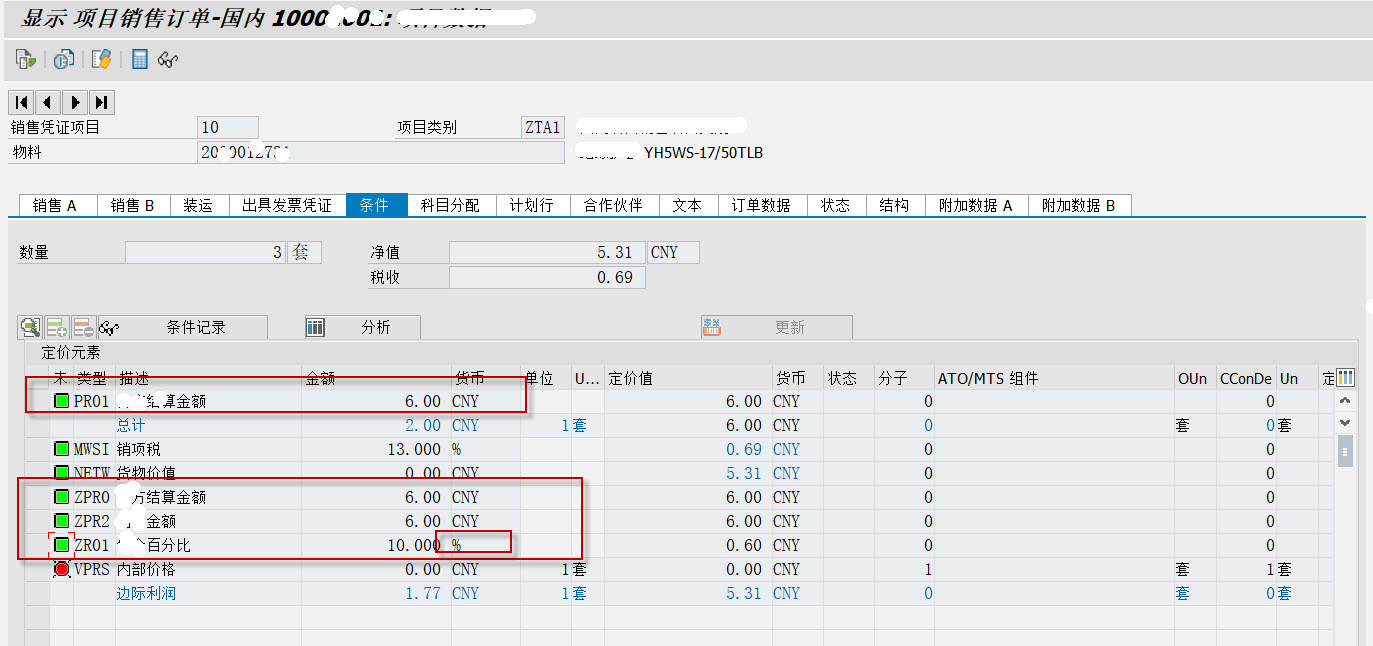

- #Read.ftable rcode software
- #Read.ftable rcode code
- #Read.ftable rcode professional
- #Read.ftable rcode windows
This pops up a window in which you can choose the file that you want.
#Read.ftable rcode windows
If you are on Windows and you aren’t exactly sure of the file name you want (or it is too much bother to type it), then you can use the file.choose function: myObj <- read.table(file.choose(), sep="\t", header=TRUE) For this case it was a good choice, but you can control which data, if any, is selected to be the row names. In this example the row names were automatically selected. If there are no column labels, then you would use header=FALSE or say nothing since FALSE is the default value. You would do that with something like: > myMatrix <- as.matrix(read.table(filename, sep="\t", If all of the data in the file are numeric (except possibly row and column labels), then you may want to coerce the result into a matrix. Further details Alternative formulations coerce to matrix The head function shows the first few rows. So the object we get has 350 rows and 2 columns. Doing it xassetCountrySector dim(xassetCountrySector) We assume the data are rectangular - that is, that we can think of it as being in rows and columns.

#Read.ftable rcode professional
IBM Data Science Professional Certificate by IBM.Python for Everybody by University of Michigan.Google IT Support Professional by Google.The Science of Well-Being by Yale University.

AWS Fundamentals by Amazon Web Services.Epidemiology in Public Health Practice by Johns Hopkins University.Google IT Automation with Python by Google.Specialization: Genomic Data Science by Johns Hopkins University.
#Read.ftable rcode software
Specialization: Software Development in R by Johns Hopkins University.Specialization: Statistics with R by Duke University.Specialization: Master Machine Learning Fundamentals by University of Washington.Courses: Build Skills for a Top Job in any Industry by Coursera.Specialization: Python for Everybody by University of Michigan.Specialization: Data Science by Johns Hopkins University.Course: Machine Learning: Master the Fundamentals by Standford.My_data <- read_excel("my_file.xlsx", na = "-")Ĭoursera - Online Courses and Specialization Data science If NAs are represented by something (example: “-”) other than blank cells, set the na argument: Case of missing values: NA (not available).My_data <- read_excel("my_file.xlsx", sheet = 2) My_data <- read_excel("my_file.xlsx", sheet = "data")
#Read.ftable rcode code
If you use the R code above in RStudio, you will be asked to choose a file. It’s also possible to choose a file interactively using the function file.choose(), which I recommend if you’re a beginner in R programming:.To know your current working directory, type the function getwd() in R console. The above R code, assumes that the file “my_file.xls” and “my_file.xlsx” is in your current working directory. The readxl package comes with the function read_excel() to read xls and xlsx files


 0 kommentar(er)
0 kommentar(er)
